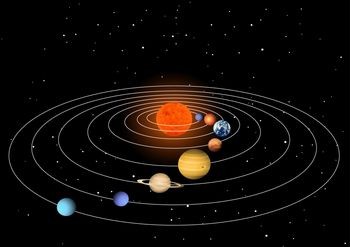 Are we alone in the universe? That question has yet to be answered, but one thing we know now is that the solar system reaches farther than scientists had thought previously. In that undiscovered space is a new dwarf planet name 2012 VP11.
Are we alone in the universe? That question has yet to be answered, but one thing we know now is that the solar system reaches farther than scientists had thought previously. In that undiscovered space is a new dwarf planet name 2012 VP11.
On Wednesday, scientists at the Carnegie Carnegie Institution for Science announced the discovery of this distant planet spinning in space, well past Pluto. According to reports, its existence suggests there may be another actual planet out there. As stated on the Carnegie website, new work from Carnegie’s Scott Sheppard and Chadwick Trujillo of the Gemini Observatory reports the discovery of a distant dwarf planet.
This is likely one of thousands of distant objects that are thought to form the so-called inner Oort cloud. What’s more, their work indicates the potential presence of an enormous planet, perhaps up to 10 times the size of Earth, not yet seen, but possibly influencing the orbit of 2012 VP113, as well as other inner Oort cloud objects.
So how do scientists map out space? The known Solar System can be divided into three parts: the rocky planets like Earth, which are close to the Sun; the gas giant planets, which are further out; and the frozen objects of the Kuiper belt, which lie just beyond Neptune’s orbit. Beyond this, there appears to be an edge to the Solar System where only one object, Sedna, was previously known to exist for its entire orbit. But the newly found 2012 VP113 has an orbit that stays even beyond Sedna, making it the furthest known in the Solar System.
“This is an extraordinary result that redefines our understanding of our Solar System,” says Linda Elkins-Tanton, director of Carnegie’s Department of Terrestrial Magnetism.














